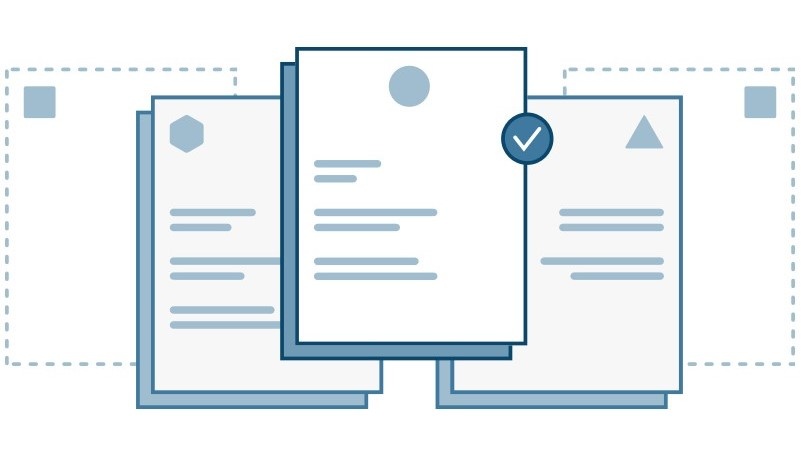The concept test is one of the greatest treasures of quantitative market research. When it comes to evaluating and rating concepts, concept tests have enjoyed popularity for decades. These tests have always been one of the most frequently used processes in market research. This hasn’t changed in the age of digital market research; if anything, they’re now used more frequently than ever before.
What are the typical applications of concept tests?
A monadic concept test makes it easy to test and optimize various types of concepts. The tests include, for example:
- concept ideas for new products and services
- positioning
- distribution channels
- price models
Depending on the development status, the degree of concept preparation can range from the first rough sketch and more or less refined prototypes, to finished products.
What exactly is determined in a concept test?
Typical measurement variables are e.g.
- Usage interest or probability of purchase.
- Diagnostic indicators such as relevance, uniqueness, superiority, liking of the concept, and novelty.
- They often also include open questions, for example, determining the likes and dislikes surrounding the concepts.
Be sure to measure the market potential periodically and repeatedly because customer needs are changing much faster than they ever have in the past. In an age of agile processes – and also because of the narrowing development cycles and increasing pressure to produce quick, quality results – automated software solutions and tools assist you in your daily business for quickly accessible insights.
What kinds of methods are there for concept tests?
There are usually three different attribution variants for concept tests:
- Monadic All respondents evaluate exclusively “their” concepts based on the rating scales.
- Semi-monadic All respondents evaluate part (usually 50% or a third) of the concepts successively.
- Serial All respondents evaluate all concepts in succession.
Recommendation:
You should always opt for the monadic concept test if you want to use the cleanest method to evaluate different concept ideas against each other. Compared to the serial and semi-monadic approach, monadic logic has decisive advantages:
- It completely excludes sequential effects (where something seen earlier influences something shown later).
- It substantially reduces the length of the questionnaire.
Supplementary tools and methods
A monadic concept is a basic approach for traditional and digital market research. We recommend using additional concepts as expedient supplements. For example, to measure the optimal price and customers' willingness to pay, it makes sense to connect the concept test to a price-sensitivity meter (PSM). With a brand-price conjoint, you can additionally simulate your idea in a competitive environment and determine which prices lead to which market reactions and shares.
For questions in which unconscious cognitive processes play a key role, e.g. brand associations, using implicit measuring methods based on neuromarketing can also be very efficient (example: brand association or idea screener).




.png)